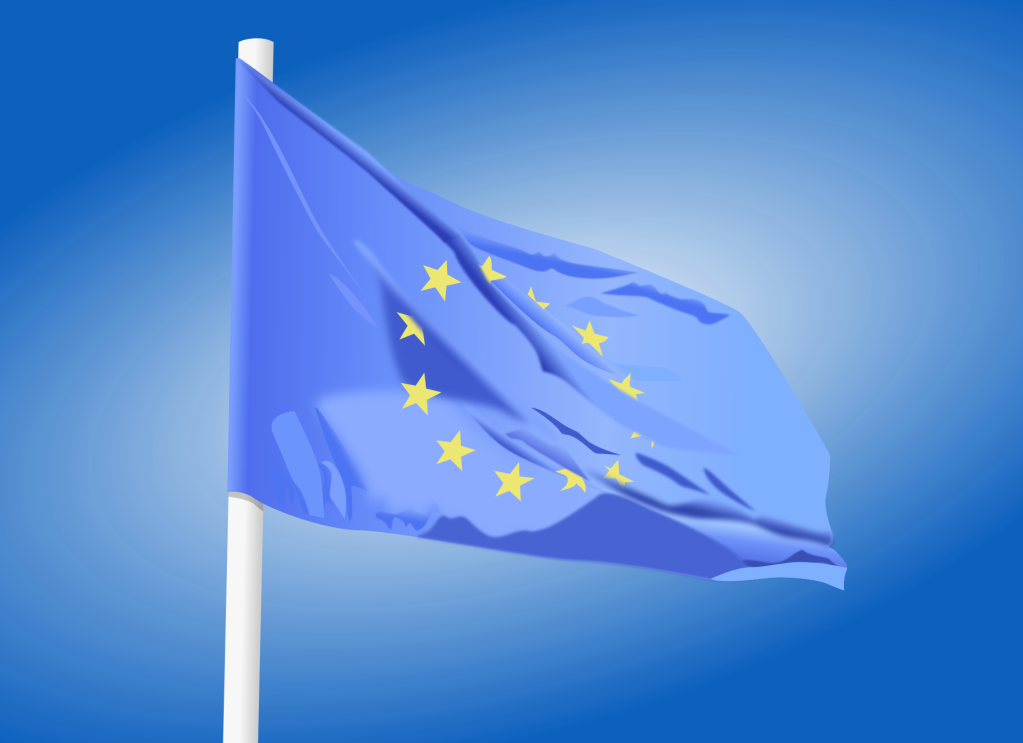If it reaches the ECJ, it will fail. This was the prediction of Max Schrems, the eminent privacy activist whose name is colloquially used to identify now two landmark ECJ cases on transatlantic data flows. The first was in 2015, when the Safe Harbour, a legal mechanism validating data transfers from the EU to the US, was struck down. On July 16th, the P…
Keep reading with a 7-day free trial
Subscribe to The Cyber Solicitor to keep reading this post and get 7 days of free access to the full post archives.



